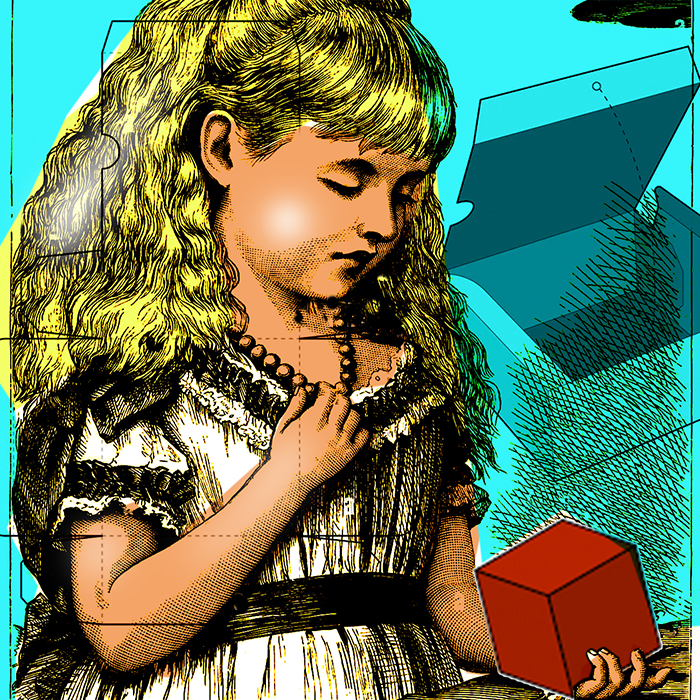Most schools have children in their classes who are finding it hard to settle or need some extra help. This can be particularly difficult for adopted and care experienced children and young people who have experienced adverse childhood experiences.

They are suitable for any child, but are particularly useful if you
Once you have established which child or children would benefit from using a calm box talk to them about how it can be used to help and why. For example, “If we feel worried about something it can help us to have something in our hand to hold”.
Encourage the child to decorate the box so they take ownership of it and explain it will be kept in an easily accessible place in the classroom. Talk to the other children in the class about the calm box and how it can help.
Sometimes the other children are curious at to start with and then appear uninterested
They can contain a selection of objects such as:
The child is encouraged to choose one of the objects from the box to have with them at the start of the school day and should be given permission to change the object for another one several times during the day, but just keeping hold of one at a time. The child is encouraged to return the object to the box at the end of the school day
Depending on the child’s needs they should be supported to access the box:
at regular intervals throughout the school day
after playtime/breaks and lunchtime
during an activity or during a part of the day they find tricky of difficult
during stressful times e.g., when teacher is not in class (change of teacher/substitute teacher)
It is important that calm boxes are monitored closely:
Louise Bomber (2007). Inside I’m Hurting: Practical Strategies for Supporting Children in with Attachment Difficulties in Schools. London: Worth

The BRIGHTER FUTURE project has been funded with support from the European Commission. This publication reflects the views only of the authors, and the Commission cannot be held responsible for any use which may be made of the information contained therein.
